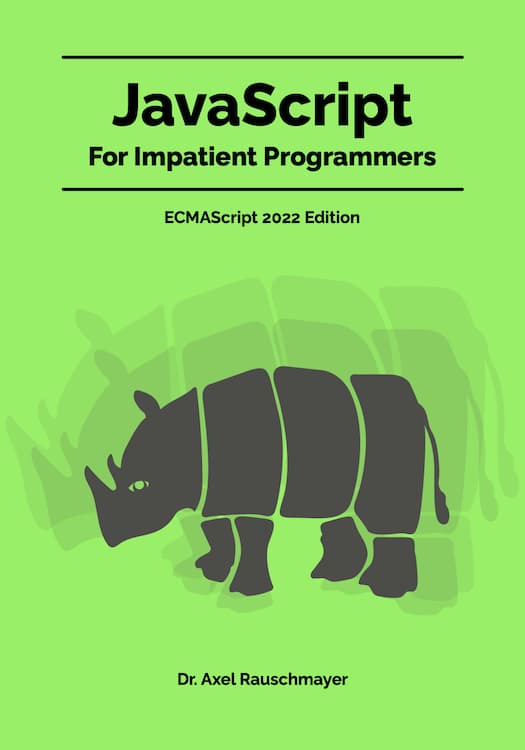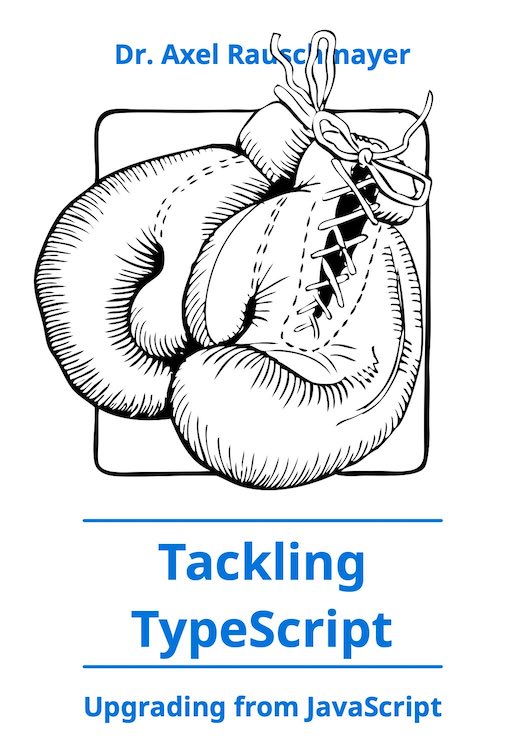Gender-neutral pronouns in English
(Ad, please don’t block)
Fill in the blank, with a possessive pronoun such as “my” and “your” to express that it’s the user’s name:
The user has to click on _____ name.There are two possibilities:
- The user has to click on his/her name.
- The user has to click on their name.
Myth 2: You cannot use ‘they’ or ‘them’ to describe an individual
English doesn’t have a gender-neutral singular pronoun. In other words, where a person’s gender is not known, there is no equivalent to ‘he’ or ‘she’ that can be used to describe the person. As a result, some people prefer the sentence:
‘Somebody ate my sandwich, and he/she should pay for it’ to the sentence
‘Somebody ate my sandwich, and they should pay for it’.
But in spoken English, most people would say the latter. Just because the word ‘somebody’ implies a single person, it doesn’t mean we all must switch to ‘he/she’ when we’re writing.





